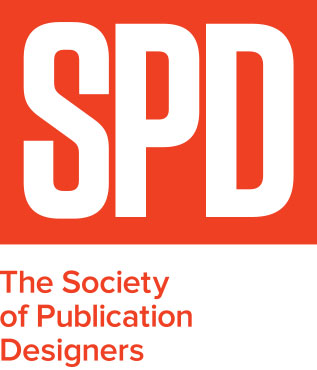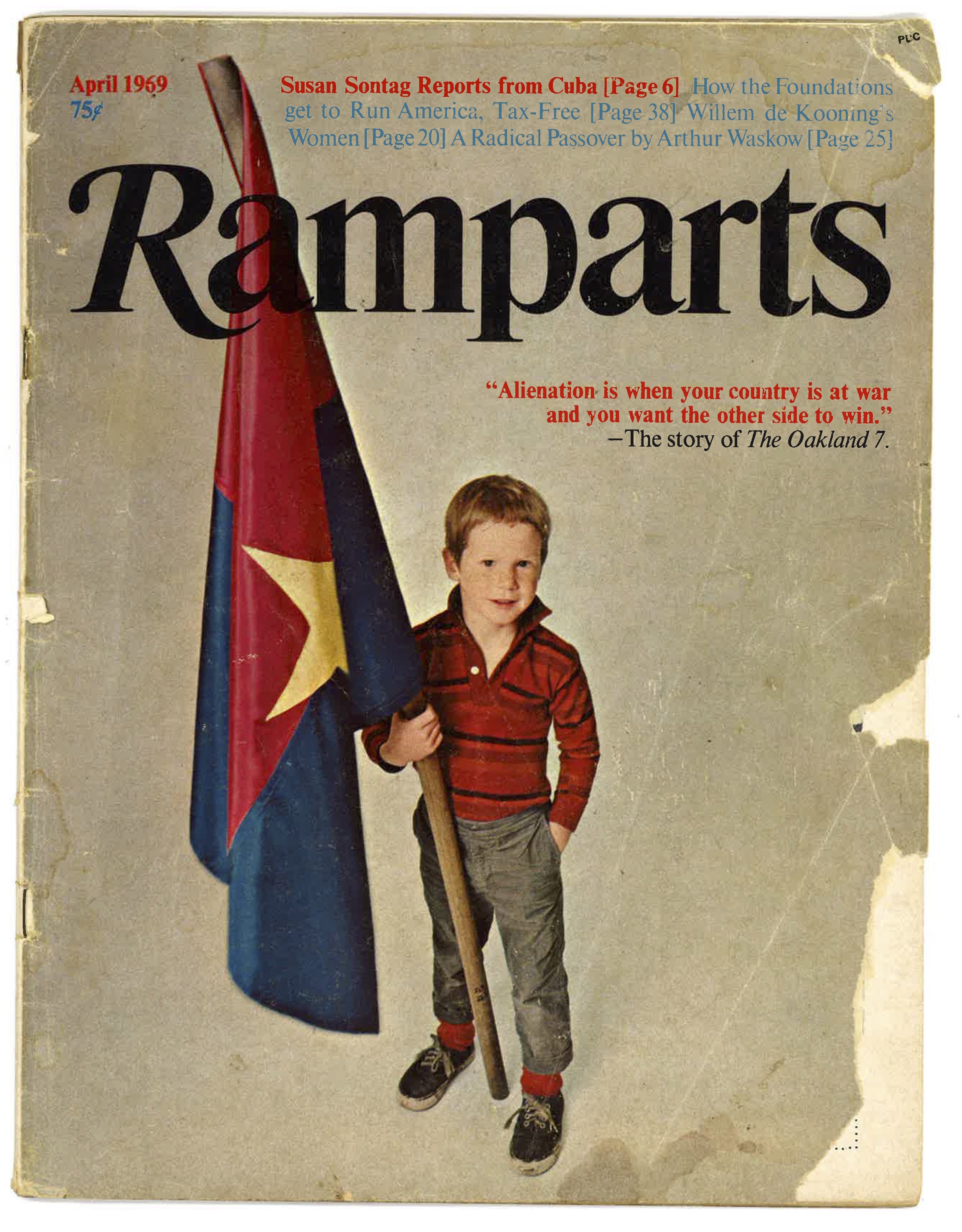Robert Newman, Creative Director at This Old House
/Robert Newman: Ramparts was the first magazine I ever bought that wasn’t Mad, Creepy, or a comic book. Almost 50 years later, I still have that issue and I still draw on it for inspiration. Ramparts was like no magazine I had ever seen. Underground and political newspapers and publications from that time were filled with passionate, riotous design, multiple typefaces, scratchy artwork, and muddy photographs. This issue of Ramparts was simple, cool, and understated, using just one typeface and a generous amount of white space. The design seemed at odds with the magazine’ edgy political editorial content. To a 16-year-old infatuated with the New Left and the student revolution, this was a heady and intoxicating mix. I fell in love with the magazine and especially with art director Dugald Stermer’s strong, simple design and powerful graphics. It was the first real magazine that spoke to me and the first one that made me notice its design.
SPD: What year?
RN: 1969
SPD: What were you up to?
RN: I was in high school, in the suburbs outside of Buffalo. In my head I was wrestling with the big issues of the day—the Vietnam War, black power. And trying to reconcile the liberal beliefs I had inherited from my parents with the radical movements that were shaking things up. In a few months I was organizing anti-war protests and marches at school with my friends.
SPD: What magazine?
RN: Ramparts. The first issue I bought featured a young kid on the cover holding a Vietcong flag and a headline that said “Alienation is when your country is at war and you want the other side to win.” I later found out that the boy on the cover was the son of the magazine’s art director, Dugald Stermer. The magazine blew my mind (as we said back then). But it was really hard to find anywhere in my town; nobody would carry it because it was such a radical magazine. So I went downtown to one of the cutout bookstores, a place where newsstands dumped their magazines after they went off sale. The news agents would rip off the front cover logo/masthead and return it to the distributors for credit, then they’d sell the magazines for pennies to the cutout store, who would sell back issues for 10 cents or a quarter. I bought all the old copies of Ramparts that they had, most of them luckily still with the cover logos. And I started my subscription a couple months later. [You can see one of those cutout issues here, featuring the Diary of Che Guevara and a cover illustration by Milton Glaser.]
SPD: What was it that so enthralled you?
RN: The Black Panthers, the Young Lords, the Chicago 8, Che, women’s liberation… I didn’t understand all of Ramparts, including the design, but I spent hours and hours reading it and trying to deconstruct what they were trying to say. The design was probably the most disconcerting part of the magazine for me. All the examples of underground and radical newspapers and magazines that I had seen at the time were raw and funky, with edgy (or untrained) design and imagery that matched the passionate content. Radical publications were supposed to look like The Black Panther newspaper or the East Village Other. Ramparts was the opposite—totally understated and sedate. Stermer used only one typeface—Times Roman—throughout the entire magazine. The cover headlines were quiet; sometimes they appeared in small type above the logo. And there was a generous use of white space on the feature openers. The result was a simple, powerful design where the text and images felt heavy by comparison.
SPD: Do you know now who the creatives were?
RN: Dugald Stermer was the art director until mid-1970. His deputy/production manager was John Williams, who became consulting AD after Stermer left, and produced some striking covers. Williams went on to be the first art director of Rolling Stone, and did a lot to establish the basic DNA of that magazine. Rolling Stone’s studied (and limited) range of typography posited against bold photos and illustrations is straight out of the Ramparts design playbook. Williams’ assistant AD was Louise Kollenbaum, who went on to be the founding art director of Mother Jones. Of course it was only years later that I discovered Stermer’s earlier Ramparts work, from 1966-68. His covers rivaled George Lois at Esquire for creativity and provocation, although his were done with a fraction of the budget. Great illustrators graced the pages of Ramparts: Milton Glaser, Ed Sorel, Paul Davis, even Norman Rockwell. And Stermer did illustrations himself, including a cool cover portrait of Huey Newton.
SPD: How does that inform your creative now?
RN: I’d like to say that everything I do has felt Ramparts’ influence, but realistically you go where the magazine and circumstances (and the editors) take you. However, left to my own devices I do go back to that simple design palette of type, color, and design that Stermer developed at Ramparts. And the idea that a magazine’s design is so essential to its overall voice and identity (or what we call “the brand” today). More importantly, I think Ramparts inspired me to realize that working with magazines gives you the chance to reach an audience with a message, to do something groundbreaking and provocative and maybe even change the world for the better. And times being what they are right now I think the magazine world could use more examples like Ramparts. We need all the inspiration we can get!






